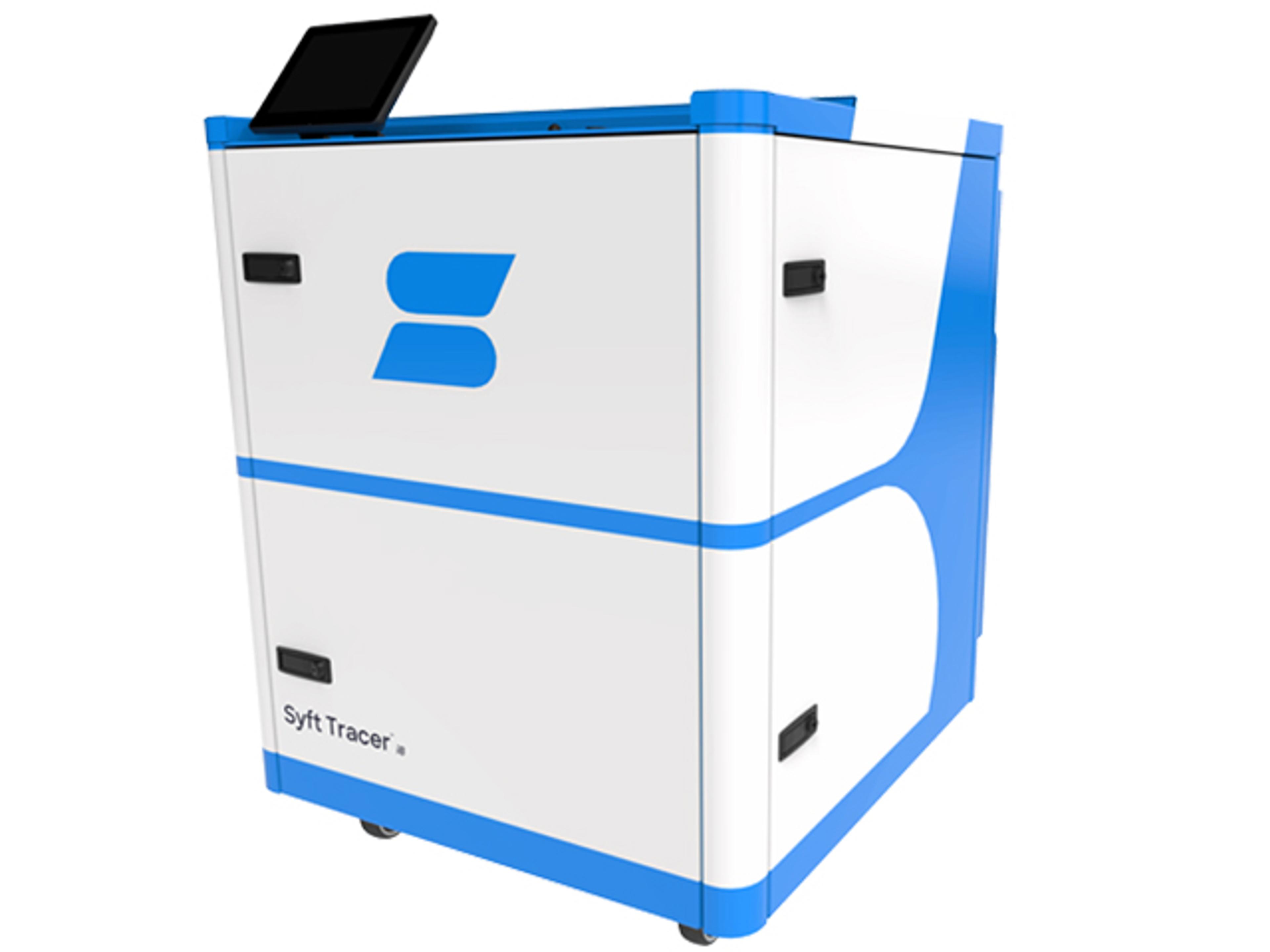Real-time VOC analysis offers new clues in search for life beyond Earth
Discover how groundbreaking research on volatile organic compounds (VOCs) links extreme earth environments with outer space, uncovering unexpected connections across various scientific disciplines
21 Jul 2025
Dr. Claire Batty, Post Doctoral Research Associate at UK’s Open University
Astrobiology, the quest to understand life beyond Earth, tackles some of the universe's most profound questions. It unites researchers from diverse fields from science, technology, engineering and mathematics (STEM) to governance, ethics, policy, education, and law. One of the applications to this field is to explore environments on Earth that resemble conditions on other planetary bodies.
Claire Batty’s astrobiology research is part of the AstrobiologyOU group, at the UK’s Open University, STEM faculty. Though it has not yet ventured into outer space, her investigation of volatile organic compounds (VOCs) as potential indicators of life has led her to some of Earth’s most extreme environments. These are known as analogue sites, and they can resemble places on other planetary bodies. The analogue sites are home to extremophile microorganisms that thrive in conditions of extreme temperature, alkalinity, or chemical composition, such as high levels of salinity.
“There are other planetary bodies that we are never going to reach – or not in my lifetime anyway – but we can still use different models to understand how microbial life might exist there.”
Claire Batty The Open University
“I've been looking at the VOCs present in the salt pans in the Makgadikgadi basin, in Botswana. This is part of an ongoing group collaboration with researchers Fulvio Franchi and Lesedi Lebogang at the Botswana International University of Science & Technology (BIUST). As conditions in hypersaline environments could mimic those that may be found on Mars or in the subsurface oceans of icy moons, they can help us understand not only what life might exist on other planets, but also how to identify it,” explains Batty. By testing for VOCs in these highly saline conditions, Batty and her colleagues in AstrobiologyOU, and within Geraint Morgan’s laboratory, analyze the ‘volatilomic’ signatures produced by microbes. They also work to distinguish these signatures from those of the surrounding environment. Combining this data with geochemical, metagenomic, metabolomic, and transcriptomic information, they create a baseline understanding of how life exists and persists in extreme conditions. If samples or data are returned from current or future missions to Mars or the icy moons, these could be compared with the baseline data gathered from Earth.
“There are other planetary bodies that we are never going to reach — or not in my lifetime anyway — but we can still use different models to understand how microbial life might exist there,” says Batty.
Real-time VOC research
Batty’s research utilizes Syft Tracer, a real-time, direct-injection selected-ion flow-tube mass spectrometry (SIFT-MS) system from Syft Technologies. This technology uses precisely controlled chemical ionization reactions to detect, identify and quantify trace amounts of VOCs with 10x to 50x greater sensitivity than standard GC-MS methods. These include volatile compounds that cannot easily be targeted by traditional chromatographic methods, such as nitrosamines, ethylene oxide, and formaldehyde.
“We are going to use SIFT-MS to look at the volatile emissions in the cleanrooms where spacecraft are built.”
Claire Batty The Open University
In her research, Batty finds the real-time capabilities of SIFT-MS particularly valuable. For instance, as microbial colonies grow and evolve within their environment, the VOCs they produce can change in response to their needs for survival and persistence, communication, defense, and nutrition. SIFT-MS enables researchers to observe these dynamic changes in VOC profiles as they occur in real time. “For the methods we use in the field, we have to collect the samples into thermal desorption tubes, but these are limited in the size of molecule that they can collect. SIFT-MS allows me to use real-time sampling to look at the smaller, much more volatile compounds and get results quickly. The only possible downside is that we can’t take the technology out into the field yet!” says Batty.
SIFT-MS could also play a crucial role in identifying contamination when spacecraft and materials are sent from Earth into space, and it is essential to prevent contamination transferring from terrestrial sources. When spacecraft and materials are sent from Earth into space, it is essential to prevent contamination of space from terrestrial sources. Similarly, it is important to safeguard Earth from potential contaminants brought back by returning spacecraft. SIFT-MS could help ensure that these contamination controls are effectively managed. “We are going to use SIFT-MS to look at the volatile emissions in the cleanrooms where flight hardware is built. We will be able to see in real time the volatiles that are emitted as the manufacturing process occurs, for example from bonding materials or from molecular organic contamination, and then understand how they can be removed,” explains Batty.
In addition to ensuring planetary protection, this will help the people building the flight hardware to see where they can make the process more efficient and cost effective.

